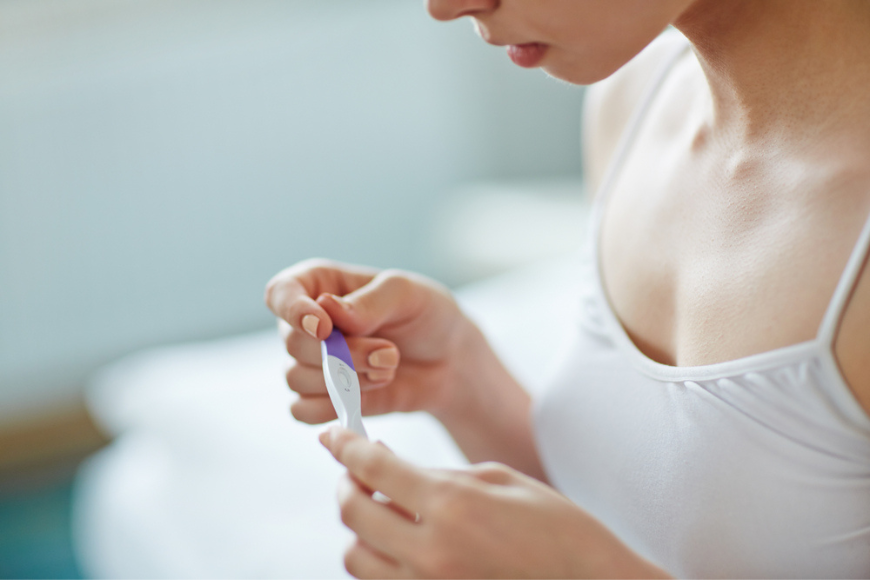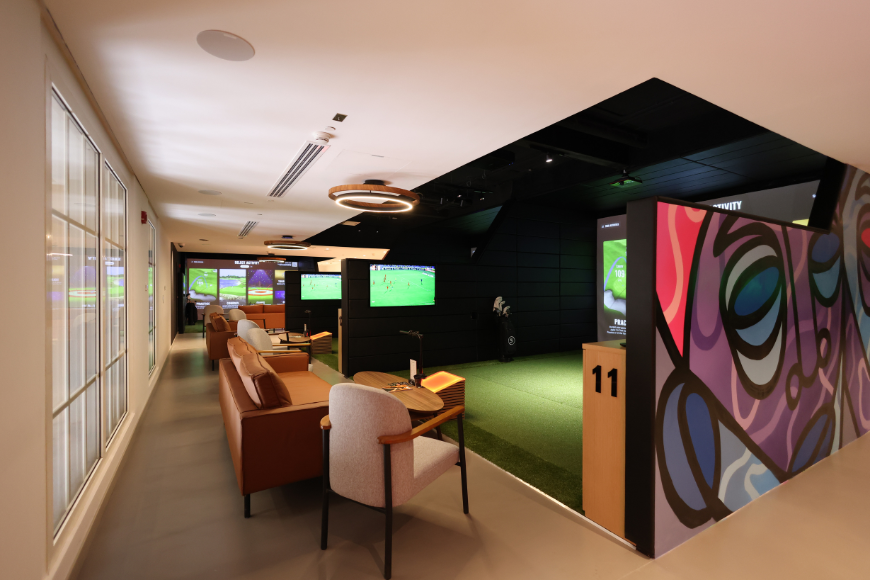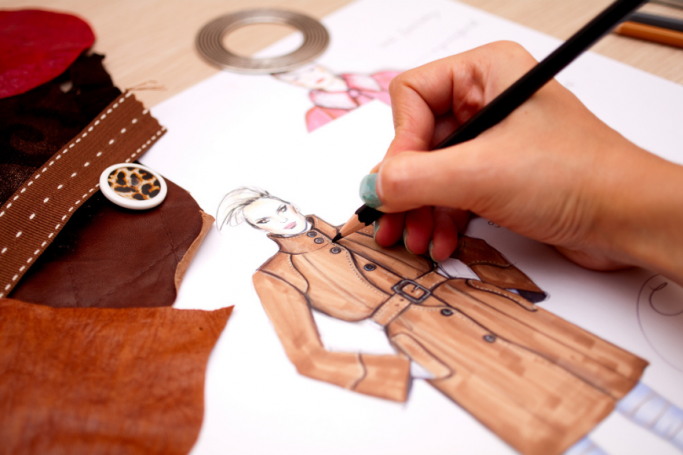Experts at Dr. Dina Pediatric Dentistry Clinic shine light on how children with autism can be made comfortable in the dental chair
10 April 2019
| Last updated on 18 April 2019
Sensory sensitivities have increased in all children. Dental visits can have an impact on these sensory sensitivities.
-
1. Auditory
Children have sensitive auditory systems and are greatly affected by noise. How can we reduce noise in the dentist’s office?
Although it would be difficult to reduce noise levels given the noisy nature of dental tools, exposing a child to the noises tools or devices make prior to using them helps children know what to expect and reduces the likelihood that they will be surprised by any loud or piercing noises.
In addition, playing a movie on our ceiling mounted TV and wearing headphones can help distract the child. The dentist’s calm tone and soothing voice will also help keep the environment positive for the child.
-
2. Visual
Being aware of the variables that bring out the averse behavior of a child can help manage the child’s behavior in the dental office. An initial assessment of the child greatly helps to design the flow of the visit.
Sometimes even the body language, number of movements and the number of people around will affect the child’s visit. It always helps to introduce the staff and the dental instruments to familiarize the child with them and to avoid any unwanted surprises.
Some kids become wary when many people are around; restructuring the team to a fewer number of people always helps to help keep the child at ease. We keep a movie list ready anytime we feel that a child needs to channel their attention somewhere else.
-
3. Tactile
Children in the Spectrum may have intraoral and perioral hypersensitivities, which often lead dental visits to cause anxiety. Even brushing against a child or lightly touching them when they are not aware may cause frustration and cause them to lose trust and not cooperate with their dentist.
It is therefore important to ensure that everything a dentist does and uses be explained and introduced to the child. We sometimes also need to try instruments like prophy cups for brushing on the patient’s nails and even prophy paste (dentist’s toothpaste) on their fingers since these have rough and abrasive textures to which children may be sensitive, just like face scrubs.
Establishing trust with a child is paramount to ensuring maximum cooperation in the dental chair.
-
4. Gustatory
Dental materials vary in flavors, some the kids might like but others might not be as well received. Ensuring the child knows what to expect always helps.
In cases where the taste of the material is not palatable for the child, we will often inform the child that the taste is a result of the material’s ingredients that help teeth grow healthier and stronger.
-
5. Olfactory
Dental materials also have a variety of smells. The common smell of dental clinics might also arise from the fact that, in between patients, dental chairs and clinical tables are disinfected.
While this might be of minimal concern when the patient is not very sensitive to the smell of cleaning products, in some cases it might trigger a reaction. To ensure optimal cooperation from the child, we ensure that the products we use do not have strong smells.
-
Vestibular / Proprioceptive
Dysfunctions within the vestibular system (ear balance) may manifest themselves in two ways. Some children may be hypersensitive to vestibular stimulation and have fearful reactions to simple movements or activities. On the other hand, some kids may be sensitive and refer to very intense sensory experiences such as excessive body whirling, etc.
This generally occurs when the child sits on the dental chair. The dental chair may need to be leaned backwards or forwards depending on what the dentist needs to see. We always advise the patient about what needs to be done, and we sometimes need to keep the child in a sitting position while moving the back rest so as not to surprise them.
To book an appointment, please visit Dr. Dina Pediatric Dentistry Clinic or press 'Click to Contact' to submit your inquiries.




.png?itok=HBSyMDok)









































































.png)


























.png?itok=0fOAXkOm)

























.png?itok=EH_x0Pha)
